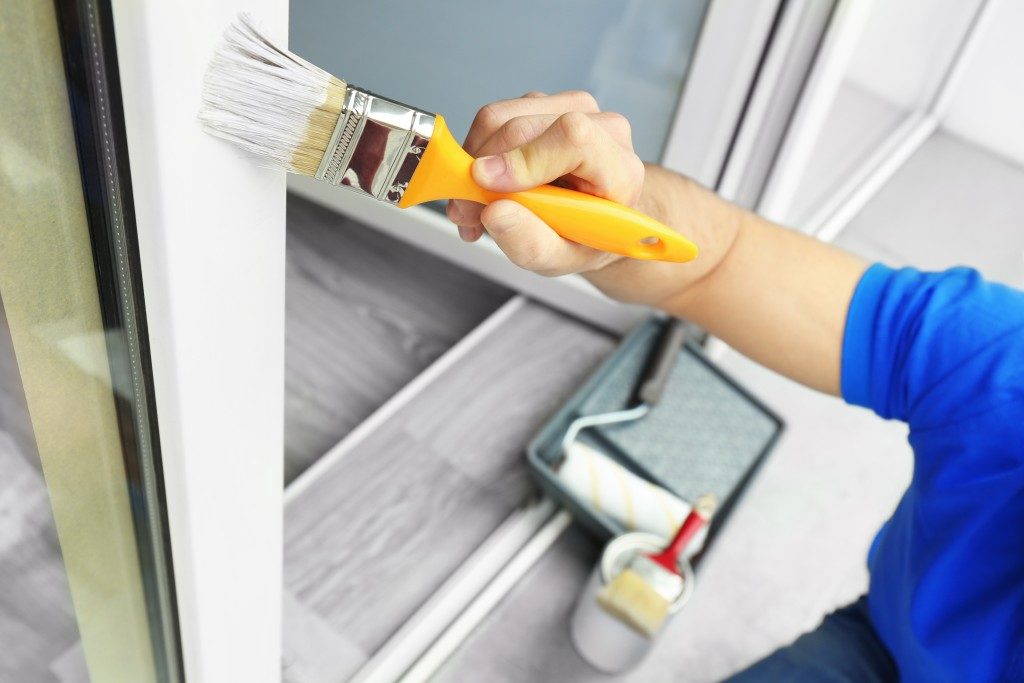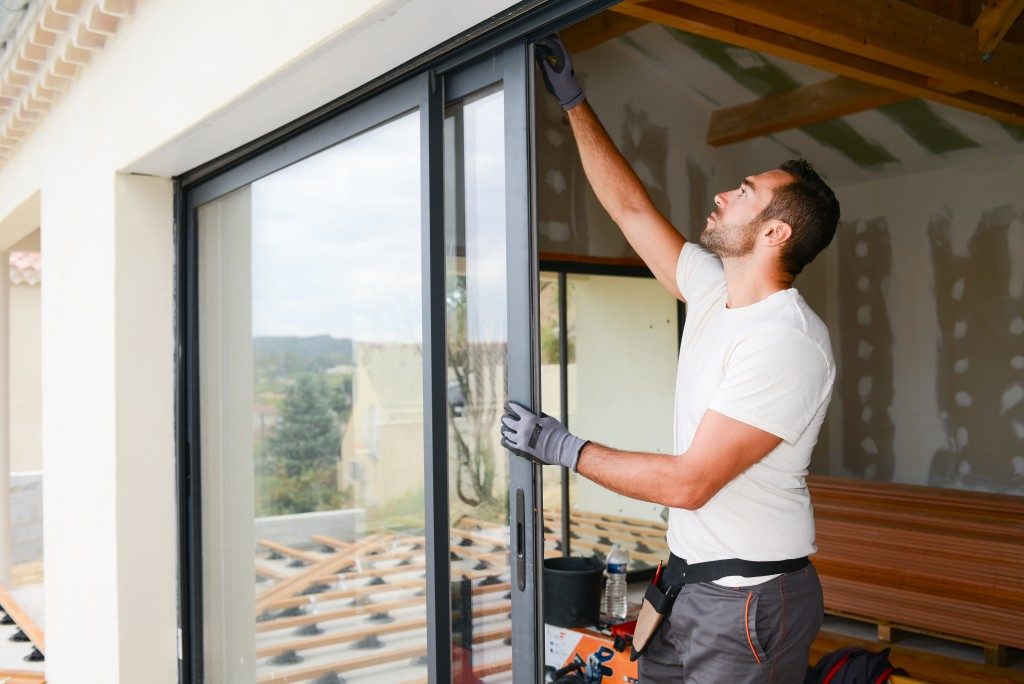Window replacement is one of the hottest home improvements in Utah today. The rosy prospect of more significant energy savings, lower household carbon emissions and more consistent year-round comfort is the promise the government, and window manufacturers are selling it to convince homeowners to pull the trigger on the project. And they are not lying.
While ENERGY STAR–certified windows deliver what they are marketed to do, they are not without drawbacks. Make no mistake about it, a window replacement in Provo pays, but home window tinting in Salt Lake City also works.
Before you spend your hard-earned dollars, it is imperative to weigh the positives and negatives of window replacement first. Below are the downsides window contractors would not tell you.
Outrageous Job Cost
Yes, window companies provide detailed bids so that you can make an informed decision. If you are not familiar to the prices of window films and window treatments, however, you may not realize how expensive new windows are.
To put things into perspective, the average cost of a vinyl window upgrade in the Beehive State is $16,340. A wood window project can set you back more or less $20,000. These numbers are based on the 2019 Cost vs. Value Report for window replacements involving ten units. Some contractors refuse to do partial installations, so you might need to spend more if you have a big house.
There are options to minimize your expenses. You can buy off-the-shelf products and DIY the installation, but skimping on quality diminishes the real value of window replacement.
If you hope to recoup your initial expense through annual energy savings, the new units may not pay for themselves in full over time. This notion is particularly true if you are replacing double-pane windows with clear glass, which will likely decrease your energy bills by anywhere between $27 and $111 a year only.
Low ROI
ENERGY STAR windows can raise the value of your house. After all, a window replacement can be considered a capital improvement. Also, the limited warranties that come with new units can justify higher asking price demands at resale.
A window replacement, however, will not grow your wealth no matter how you slice it. The statistics show that you are guaranteed to lose money when you sell your house. In Utah, vinyl and wood window replacements pay just about 71 and 67 cents on the dollar on average, respectively.
Melted Vinyl Siding

Windows with Low-E coatings have been responsible for melting vinyl siding panels, especially dark-colored ones. The reflected light then bounces off the high-performance glass can go above the melting point of the vinyl, leaving a trace of warped material in a diagonal pattern.
Sure, this phenomenon does not concern you directly, but your neighbors may hate you for it. To make matters worse, window manufacturers and siding contractors refuse to cover this type of damage, leaving the hapless homeowner high and dry.
Window tinting is a viable alternative to replacement, especially if your old units are still structurally sound. If privacy and safety are also significant concerns to you, installing films is the better route to take.

